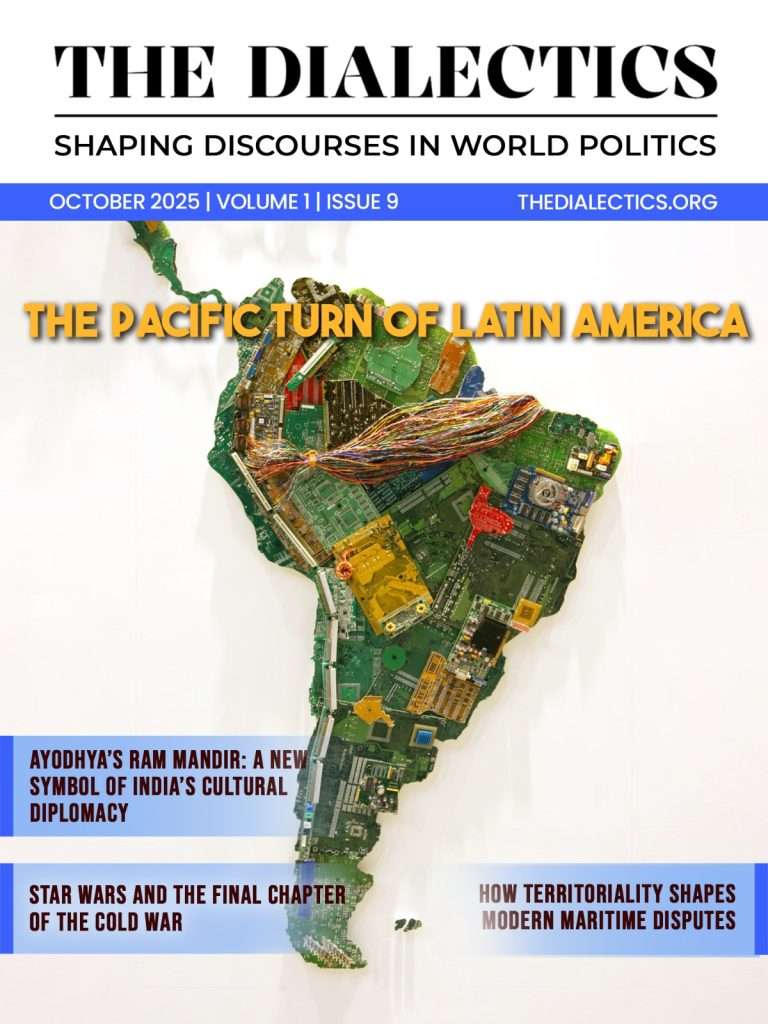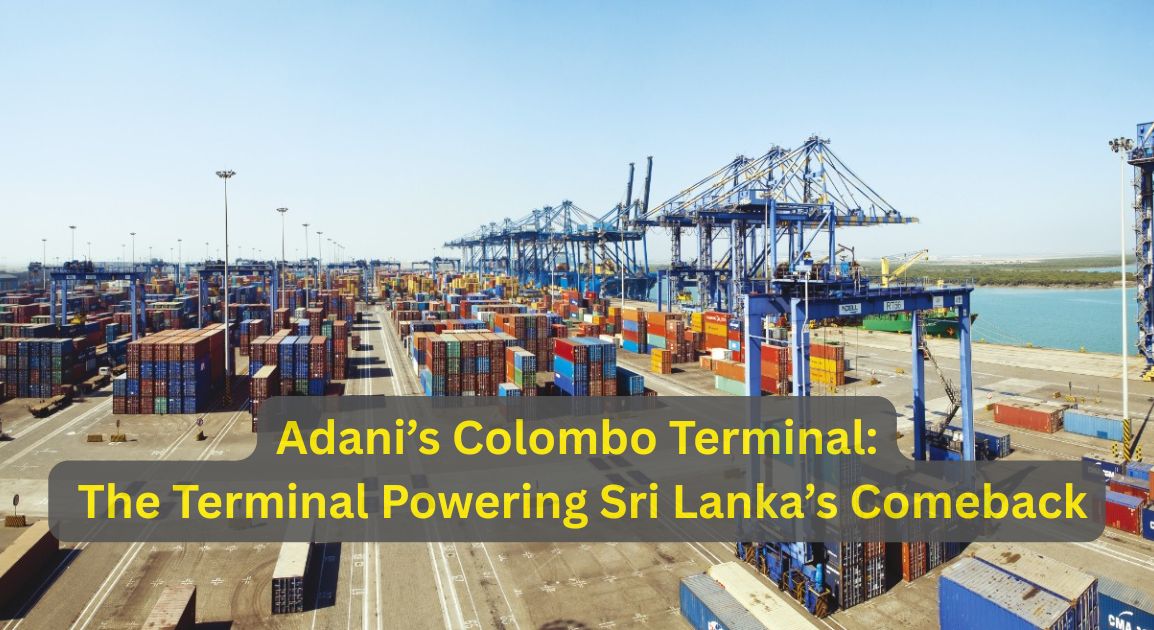The largest integrated transport company in India, Adani Ports and Special Economic Zone Ltd. (APSEZ), has announced that the operation at Colombo West International Terminal (CWIT), which is situated at the port of Colombo have begun. A joint venture involving Adani International Port Holdings Pte Ltd, John Keells Holdings PLC, and the Sri-Lankan Ports Authority.
Built under a historic public-private partnership, the agreement is a 35-year build, operate, and transfer (BOT) contract. The Board of Investment announced that the Colombo West International Terminal, which invested USD 229 million in cutting-edge port infrastructure, was the main source of foreign direct investment inflows into Sri Lanka during the first nine month of this year. This partnership emphasizes the strategic significance of infrastructure development in promoting economic growth as well as the growing economic ties between India and Sri Lanka.
What is the Colombo West International Terminal Project and its Strategic Significance?
The leading terminal in South Asia, Colombo West International Terminal, is the maritime logistic hub of the future; it is the first fully automated deep-water terminal in Colombo. The state-of-the-art port facility, located at the port of Colombo, aims to expand the port’s capacity by 3.2 million twenty-foot equivalent units (TEUs), reinforcing Colombo’s role as a key transshipment hub in South Asia.
These vessels will be essential to meeting Sri Lanka’s and the regions expanding logistical and commercial needs. Upon completion of Phase 1, the terminal will have 62 fully electric Internal Terminal Vehicles (ITVs) for sustainable and effective operations, eight automated ships to shore cranes, and 18 fully automated CRMG cranes. CWIT provides a high-tech, dependable solution that promotes seamless connectivity and eases international trade.
Breakdown of the FDI Inflows
According to the Board of Investment (BOI) reports, between January and September 2025, total FDI inflows including foreign commercial loans for investments to BOI-approved firms, totaled USD 827 million. When compared to the same period in 2024, this is an astounding 138% gain. This increase was mostly due to the CWIT investment, which accounted for a substantial portion of the total FDI inflows.
The investment inflows came from four sources:
- Equity capital: USD 133 million
- Reinvested retained earnings: USD 132 million
- Intra-company foreign borrowings for investments: USD 231 million
- Long term foreign commercial loans for investment: USD 331 million
Impact on Sri Lanka’s Economic Outlook
“We are proud to see the progress in the development of the west container terminal, a project that strengthens Sri Lanka’s position as a regional maritime hub” said Mr. Krishan Balendra, chairperson, John Keells group. This is also a proud moment for Sri Lanka, placing it firmly on the global maritime map. The FDI inflows, especially from the CWIT project, show that the investors are confident about Sri Lanka’s economic climate. This project will indirectly create thousands of jobs opportunities and unlock immense economic value to the island nation. Both new and ongoing projects have contributed to this achievement, stated by Board Chair Arjuna Herath, highlighting the significance of the governments and the BOI’s ease of doing business initiatives and reforms.
The Future Prospect
This project marks a milestone in regional cooperation between India and Sri Lanka. This also shows the growing ties and strategic relations between two neighboring nations. For Sri Lanka it will create an increasing job opportunity, economic diversification. The success of this project could also serve as a model for future infrastructure development in the region, attracting more FDI investment and boosting economic cooperation between India and Sri Lanka.
This project is among the biggest private sector investment in Sri Lanka and one of the biggest investments made by John Keells group. With the cooperation between Adani group and Sri Lanka Ports authority, Colombo can become a premier transshipment hub, this initiative would improve connectivity in the area and international trade.




